Consider how you would handle the following situations:
- Someone didn’t get back to you when they said they would.
- Your manager got the credit for your hard work.
- You post on socials, and no one likes it.
- Someone doesn’t like you.
- Someone talks over you.
When you were reading through the examples, what did you notice first? Your thoughts? Or feelings?
It’s a question that came up for me over the week as I was doing research into an exciting new world that I’ll be introducing soon. #staytuned
I asked the same question on Instagram and Linkedin, and approximately 300 people answered.

I interpret this as: they’re both important… and I agree…

Before we tackle this question, let’s knuckle down on what thinking and feeling really is.
As you read through the descriptions of each, I’d invite you to put yourself in a challenging situation and consider – what was going on for you in regards to your thoughts and feelings.
Thinking
There is absolutely zero basis for this.
Personally, I think this was decided at a drunken dinner party and subsequently adopted worldwide.
The study I rely on to answer the question of “how many thoughts do we have in a day” comes from a damn smart group at Queens University (Canada!) who estimated we have approximately 6000 thoughts daily. They did this by indirectly identifying when a thought begins and ends using a functional MRI scanner – and called these ‘thought worms’ [1] (cool, eh?).
So if we have about 6000 thoughts, what the heck for?
Humans think for endless reasons, such as “I wonder what Chris Hemsworth is wearing (or not wearing) today?”.
Or maybe that’s just me.
Awkward.

To solve problems and make decisions: Our brains are wired to figure out how to solve the challenges we encounter in our daily lives, whether in our careers, or personal lives. Thinking allows us to weigh up different options and make decisions based on the information available to us. I find this interesting because the word ‘decide’ comes from Latin roots meaning “to cut off” (de = off + caedere = to cut). I remind myself of this etymology when I am making important decisions – and don’t want to waste time afterwards thinking “did I make the right decision?”. When decided, it’s cut off – done.
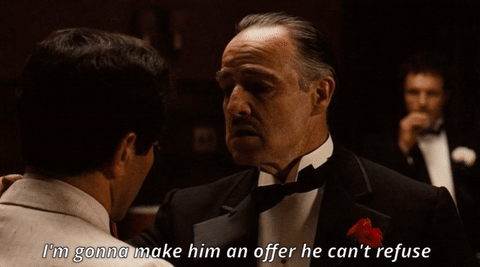
To learn, understand and seek meaning: Thinking helps us process information and extract meaning, providing the basis for the development of our own opinions and beliefs. This is why I think the UN’s Sustainable Development Goal #4, education, is so critically important because an estimated 617 million children and adolescents (more than 55% of the global total) didn’t reach the minimum proficiency in reading and mathematics in 2015. This education crisis not only threatens an individual’s ability to climb out of poverty, but also makes them vulnerable to misinformation and manipulation (I’ll leave it there so as to not fall down a political rabbit hole).
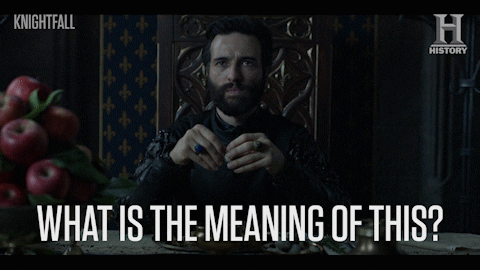


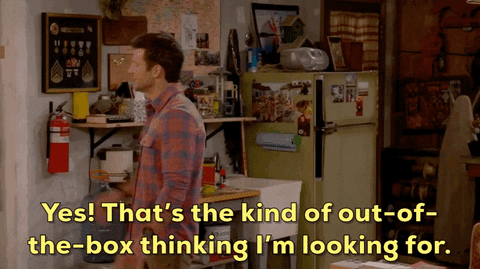
But when you consider all the above examples, thinking is objective. (Objectivity is when a judgment is not influenced by personal feelings or opinions when we consider and represent facts.)
A question to ask yourself: in what situations do you use your ‘thinking cap’ more than how you feel? When do you view the world using more of a ‘straight down the line’, objective type of view?
Feelings & emotions
No way José!
Let’s dive into an impressive theoretical model by Dr Lisa Feldman Barett, who has been studying feelings and emotions for over 20 years. Lisa has developed a fascinating model called “The Theory of Constructed Emotions [2]” because as Barrett says, ‘emotions are not built in, they’re built’.
We will also learn why feelings and emotions are not the same, and how each is linked by… our brain!
Emotions
More specifically, emotions are what our brain uses to make sense about what we feel in our body and what we’re experiencing in the outside world through these guesses.
But… here’s where it gets interesting – we don’t just make a random guess, we use information from our past to help us make the best guess possible (can you see where biases come in to wreak havoc?)
She uses a really interesting method to explain this; I’ll use a similar one here.
Have a look at this image, what is the first thing you see (other than Pac-Man)?
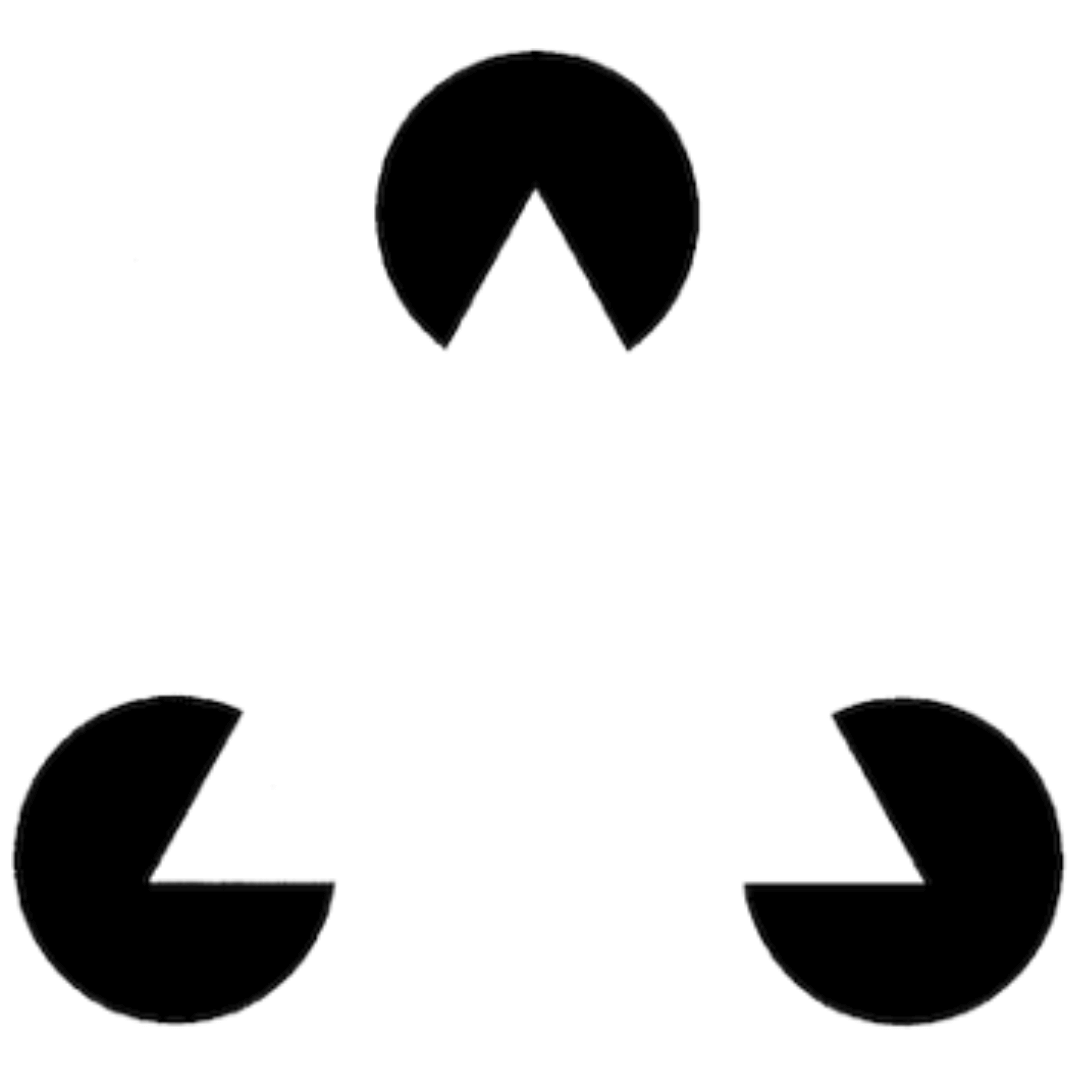
But is there an actual triangle there? Nope!
Your brain is using past information to guess (i.e. predict) that there is a high probability that a triangle exists in the photo.
It’s called simulation, which is making a guess (or prediction) based on our past experiences [3].
Essentially this means that how we view the world is much like how we develop habits: the more we associate specific situations with specific feelings, the more it becomes cemented and, the more we believe it to be true.
The problem with this is, you feel what your brain believes, not what actually is. Seeing is not believing, but rather we see, feel and experience what we believe. (Think about racism and how people were lead to believe that persons of colour should be feared – completely untrue, but people couldn’t help believe it based on what they were led to feel about these groups).
Feelings
Feelings are more scientifically known as ‘affect’, which is a general sense of feeling that you experience every day of your life. For example, right now are you feeling really excited about all this new information? Or bored (I hope not!)
Feelings include two main features.
The first feature is called valence – or whether or not something is pleasant or unpleasant.
The second feature is arousal. No, not arousal in regards to Chris Hemsworth, but rather in regards to your nervous system – for example right now do you have a lot of energy? Or are you barely there?
During my workshops I always print one of these out for the attendees, it’s a great way of ‘naming’ what you’re experiencing and keeping yourself in tune with what’s happening within.
Quick tip: you can also start meetings by asking people “how does it feel to be you right now?” (vs “how you feeling”, which is much more confrontational).

Why should we care?

THAT is the power of self-awareness, specifically the ability to ‘introspect’, or slow down and examine yourself from as un-biased a view as you’re able.
But, where to start?
What do your (true) thoughts and feelings say about you?
So the question then remains, how can we get thoughts and feelings to dance together for our benefit?

But otherwise, here’s an angle you might not expect: writing.
The use of writing as a therapeutic tool dates back to the 1960s, when psychologist Dr. Ira Progoff developed the Intensive Journal Method [4]. This method encouraged individuals to explore their inner selves and personal experiences through reflective journaling.
For this exercise in particular, you’ll need a quiet space where you won’t be interrupted. This is important because you’ll be in a state of flow.
Here’s what I’d invite you to do based on the ‘WRITE’ method by Kathleen Adams [5] which I have adapted based on my work with others using therapeutic writing.
- W – What do you want to write about?
- R – Reflect on your topic then start writing, first with a title. I have found that “I want to write about [topic here]” is the most useful – see example below.
- I – Investigate what you’ve written. What pops out at you? What are your thoughts about? What kinds of feelings are dominating the story?
- T – Time yourself (set a timer). Write for a specific amount of time – I’ve found that 3-5 minutes maximum should be a starting point.
- E – Exit smart by reflecting on what you’ve learned in a sentence or two: “As I read this, I notice/become aware of…”
Most importantly, as you write – don’t erase anything, and don’t scratch anything out. Don’t judge what you write. Just let words flow out of you like you have the stomach flu and that first release happens (we’ve all been there).
Most importantly, know that no-one will ever read what you wrote, so don’t use any filters!
To give you an idea, one of my former clients has permitted me to include a small portion of her first free writing exercise. She wrote about how she views her body. What I would like you to notice is that by writing without judgement, your true thoughts, feelings and beliefs can come to the surface.
My body isn’t mine. It’s like it’s another person’s. I feel like such a good person; I’m smart, I’m kind, I’m married, have kids, yet all this is wrapped around a disgusting layer. I’ve always been disgusting. Gross. Fat. Ugly. The kids that used to tease me were right. How can my husband actually love me? He must look at other women. Part of me doesn’t even blame him. Why did he marry me? I wonder if my kids are embarrassed about me. When we’re at the beach, I wonder if they look at my legs and wish that they had a beautiful mom. I wonder if they think they’re ugly, just like I thought I was ugly when I was a kid. I hate thinking this way. I hate it so much. I want it to stop. I need it to stop. It’s exhausting. It’s exhausting hating so much of myself. I feel like it’ll never go away. But I hope it does. I wish magic were real.
Would she have realised these truisms without writing? Perhaps. But this session revealed a treasure trove of information – her rational thoughts (I’m smart, I’m kind) but also how she hates some of her thoughts. She also discovers that she isn’t exhausted because of work or the kids, but rather, the weight of the past, being bullied.
She told me afterwards that despite being in therapy for years, this simple 5 minute exercise (whilst challenging and uncomfortable) helped her ‘see’ her thoughts and feelings for what they are: an unhealthy view of herself and the world that is completely changeable.
Powerful. Now it’s your turn.
The Dance
The marriage between thoughts and feelings is like a bad romance – sometimes they work together so beautifully and make magic happen.
Other times, you say to yourself: what the hell was I thinking? (We’ve all dated that one person that we look back upon and think – huh?).
But here’s the point:
We wouldn’t be able to discover medical advances without our thoughts.
And we wouldn’t be able to experience love without our feelings.
The two are inseparably linked like the individual strands of our DNA – curled up, tangled but dancing together making us … us.
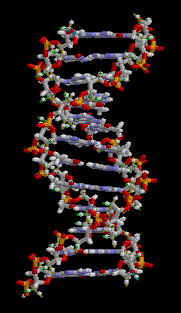

I respected who I was, rather than disrespected who I thought I was.
Remember: it’s never too late to discover yourself in a new light.
Shine bright, every day.
Written with love and kindness, Dr Kat x
References
2. Barrett LF. The theory of constructed emotion: An active inference account of interoception and categorization. Soc Cogn Affect Neurosci 2017;12(1):1- 23. doi:10.1093/scan/nsw154
3. Barrett LF. How emotions are made: The secret life of the brain. New York, New York: Houghton Mifflin Harcourt; 2017.
4. Progoff I. (1977). At a Journal Workshop. NY: Dialogue House.432 р.
5. Adams, K. (n.d.). It’s easy to W.R.I.T.E. Center for Journal Therapy. Retrieved from https://journaltherapy.com/journal-cafe-3/journal-course/

